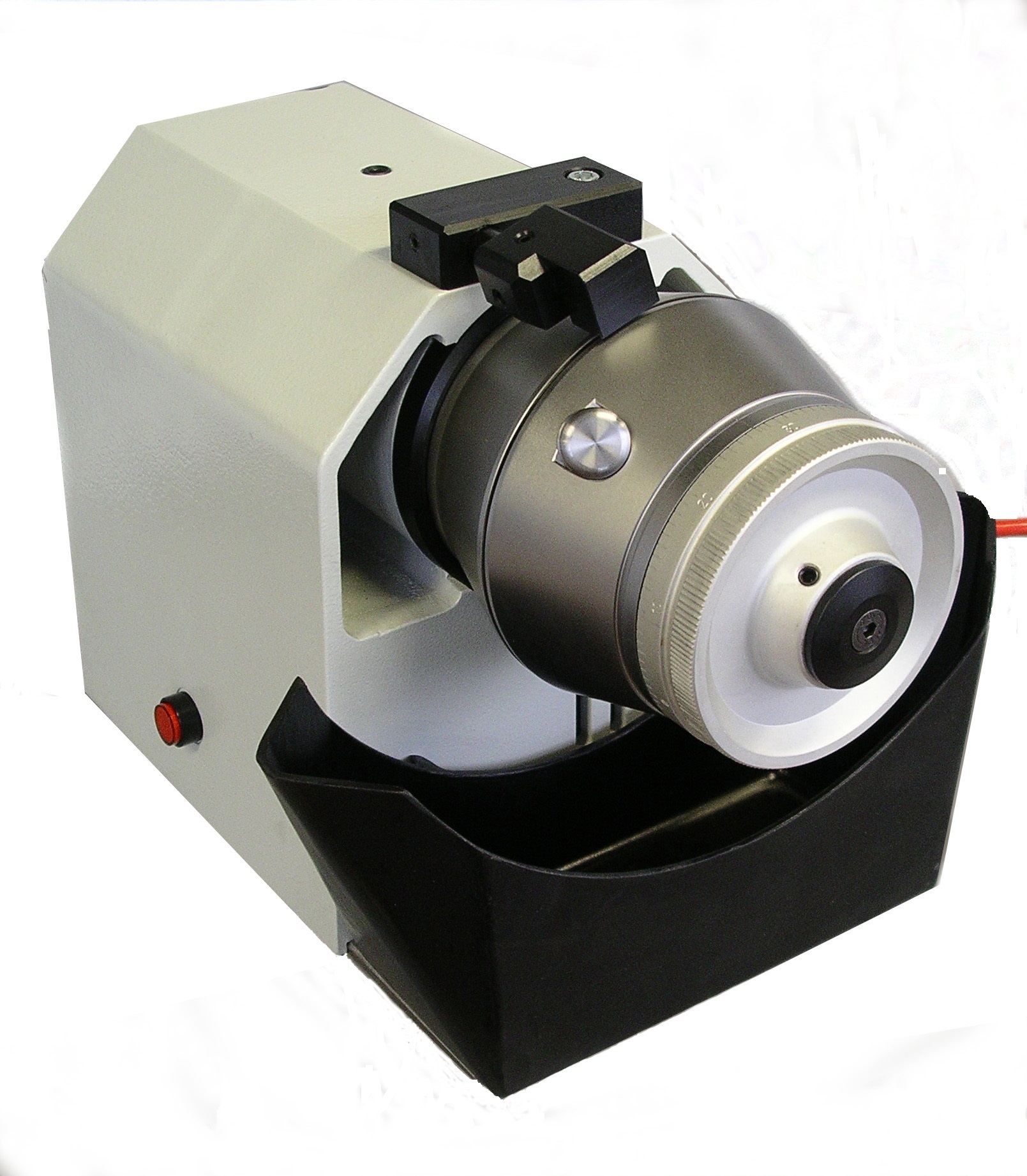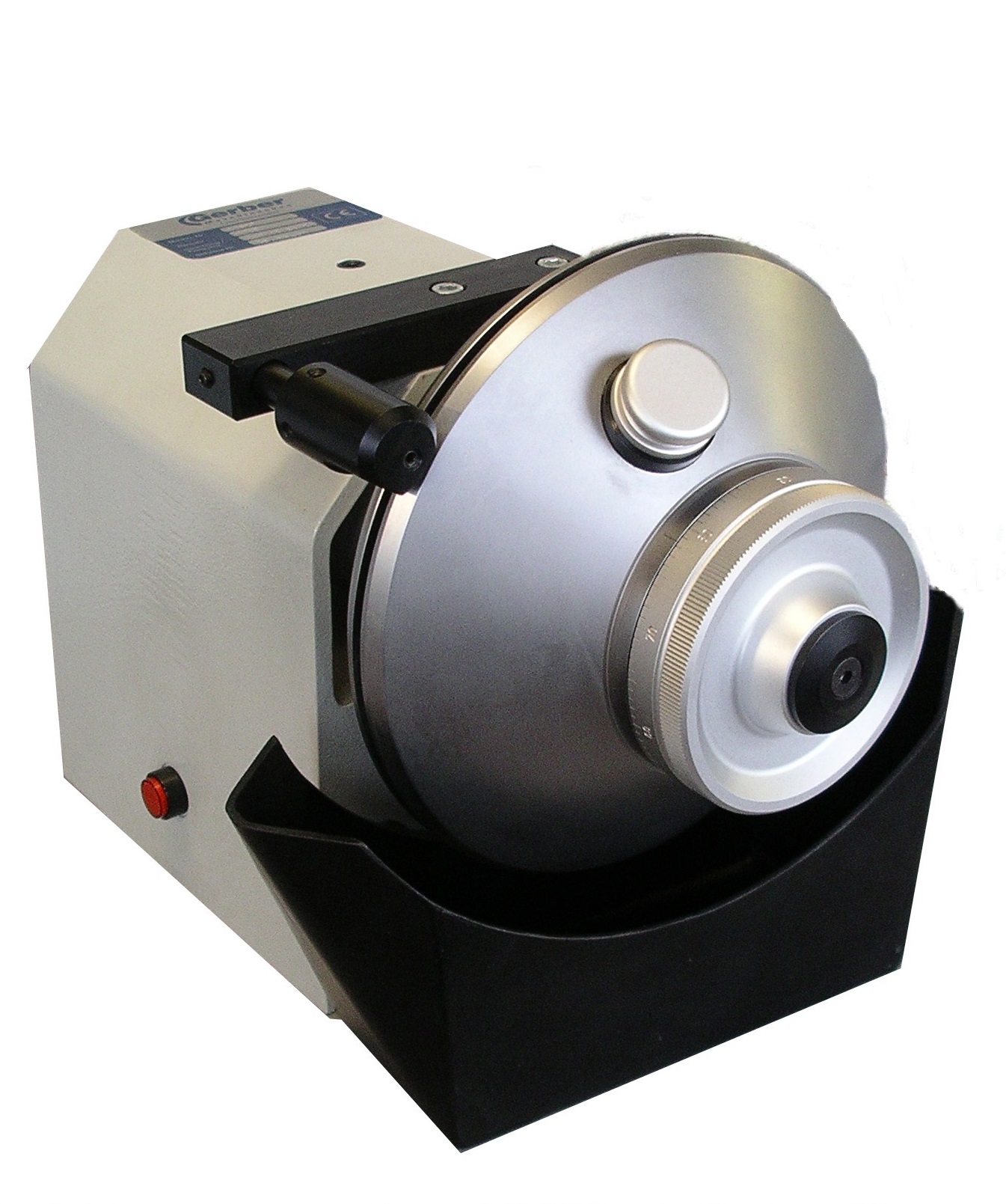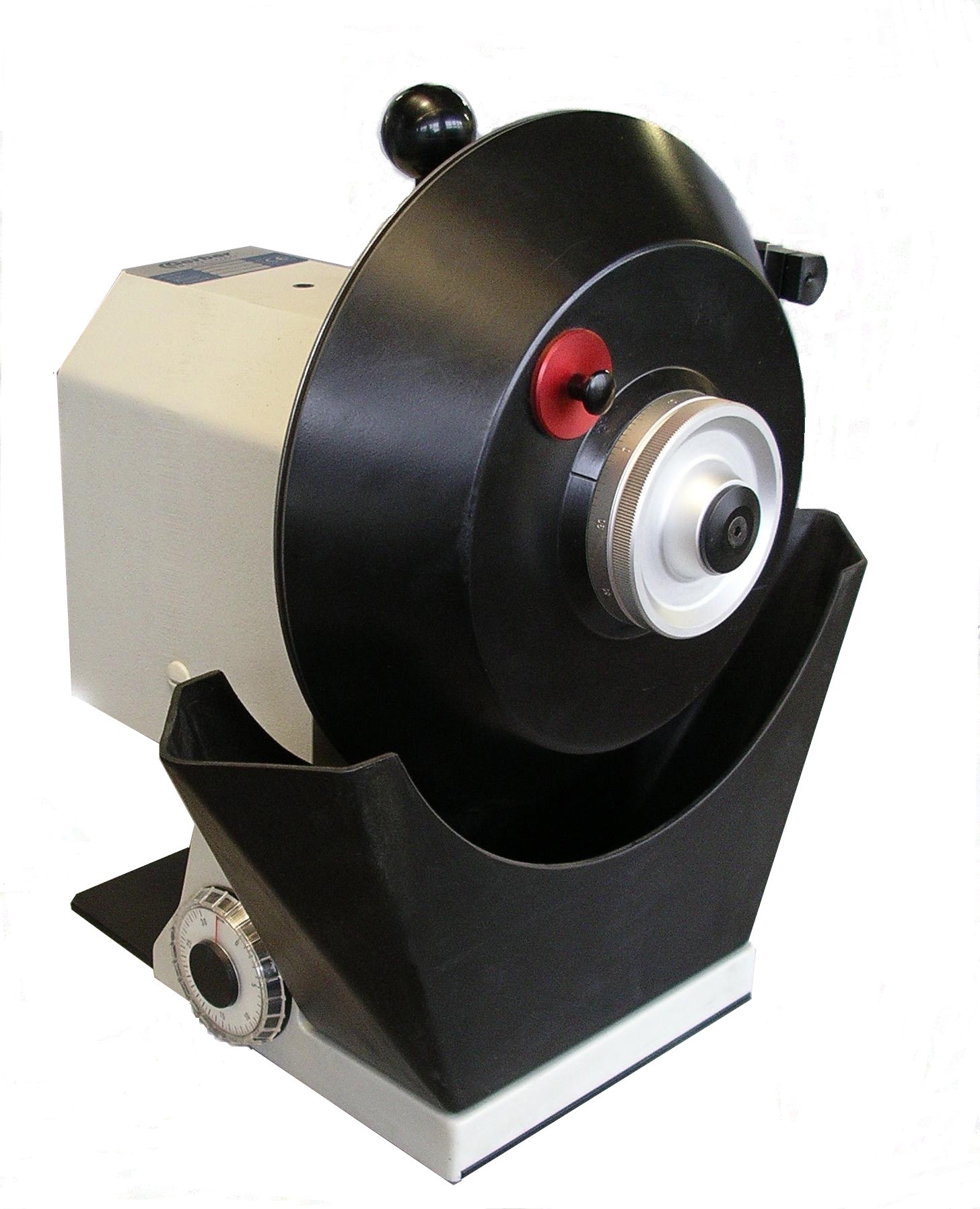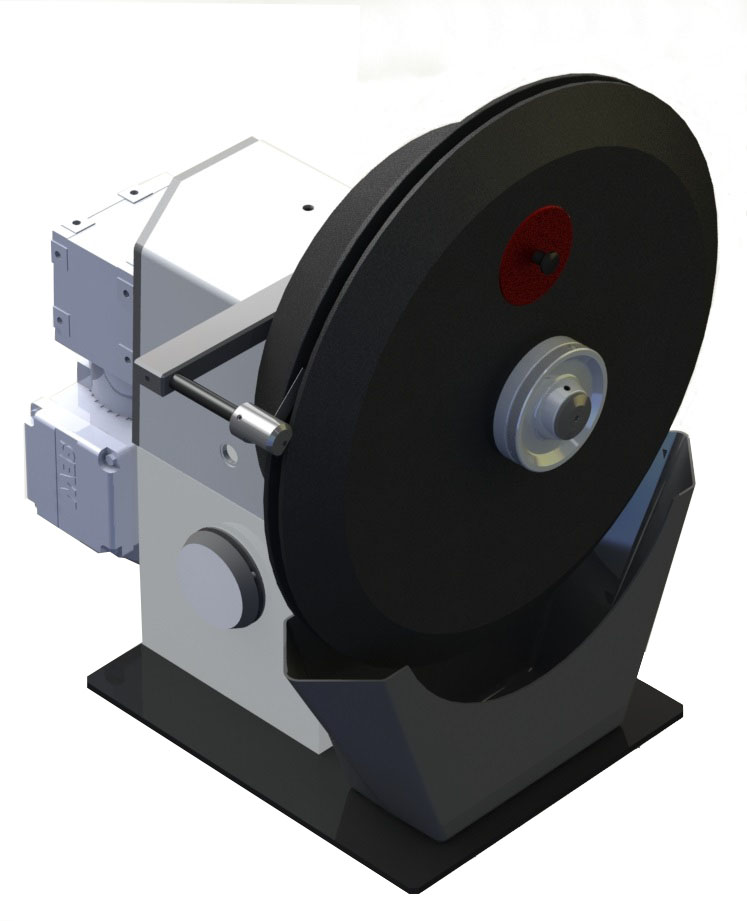Thickness grading apparatuses
- measure and sorts small parts such as processed parts, rough watch movements and machine produced parts, cylindrical pins, small plates, balls and pinions
- sort small parts made of metal, ceramic, sapphire, glass, stone, diamond, etc.
- sort out defective, bent, deformed parts and parts with burs
- and easy to operate and quiet in operation
Thickness grading apparatuses from Gerber were developed to simplify work processes in amazingly simple ways. Users have four types of grading apparatus to choose from for sorting a wide variety of small parts made of various materials:

DS 120
- Modular system with interchangeable sorting bells for measurement of edge widths of 0.5 to 2.0 mm in the same apparatus
- Sorting accuracy of 0.005 mm
Download brochure DS 120 thickness grading apparatus
(PDF in German & French)

DS 200
- Modular system with interchangeable sorting bells for measurement of edge widths of 5 and 10 mm in the same apparatus
- Hardened measurement edge lengthens the period of use to final lapping
- Stainless bells
- Sorting accuracy of 0.01 mm
Download brochure DS 200 thickness grading apparatus
(PDF in German & French)

DS 300
- Modular system with interchangeable sorting bells for measurement of edge widths 6 and 13 mm in the same apparatus
- Hardened measurement edges lengthens the period of use to final lapping.
- Stainless bells
- Sorting accuracy of 0.01 mm
Download brochure DS 300 thickness grading apparatus
(PDF in German & French)

DS 450
- Modular system with interchangeable sorting bells for measurement of edge widths 30 mm (customer’s choice) in the same apparatus
- Sorting accuracy of 0.01 mm
(PDF in German & French)
Technology
The thickness grading apparatuses carries out sorting based on the smallest dimensions of a part as established by two parallel surfaces. These parallel surfaces are formed by the ring-shaped measurement edges of two slowly rotating bells. Parts less than the dimension precisely set in the width of the measurement gap go through the gap. The measurement gap can be enlarged in increments to sort the parts into different categories.



